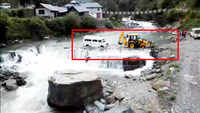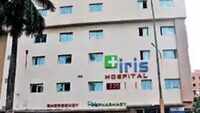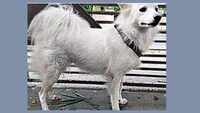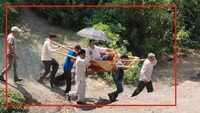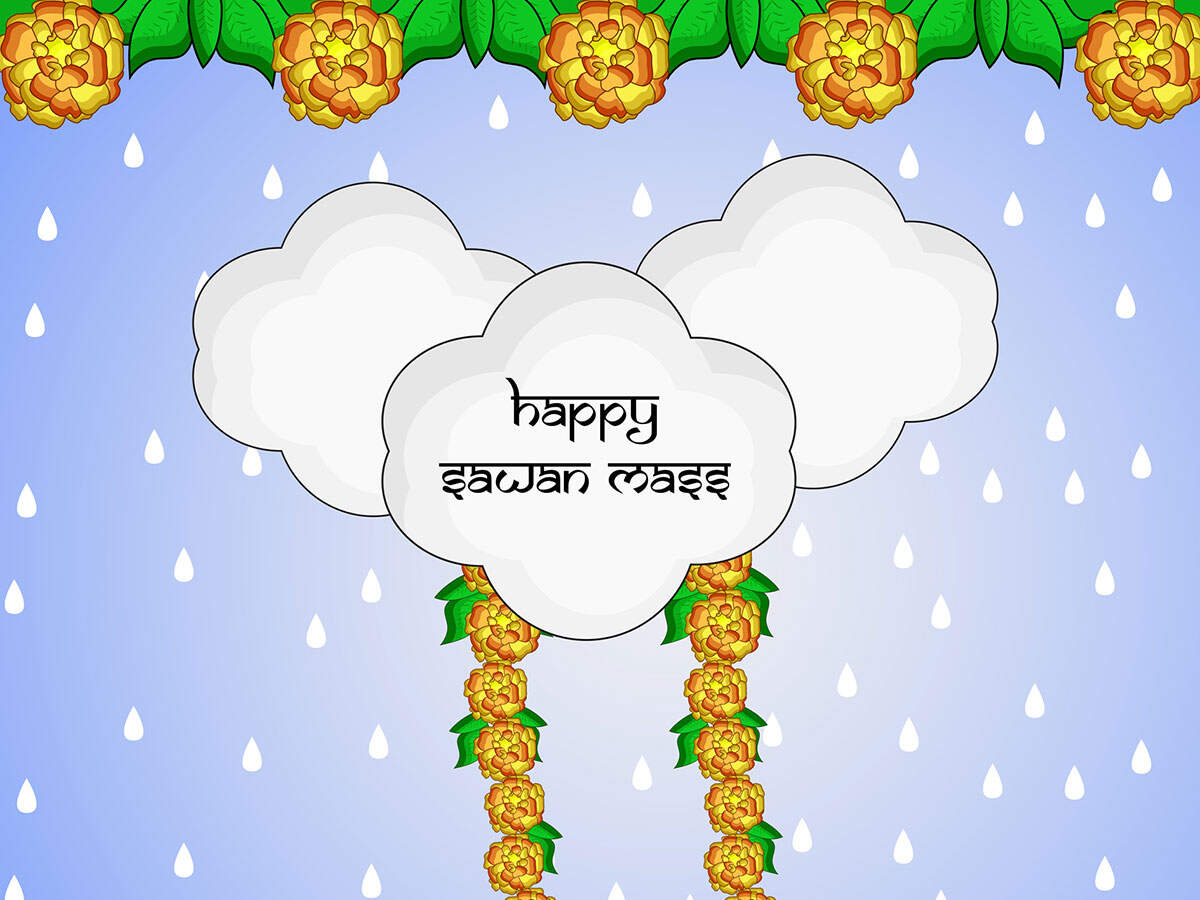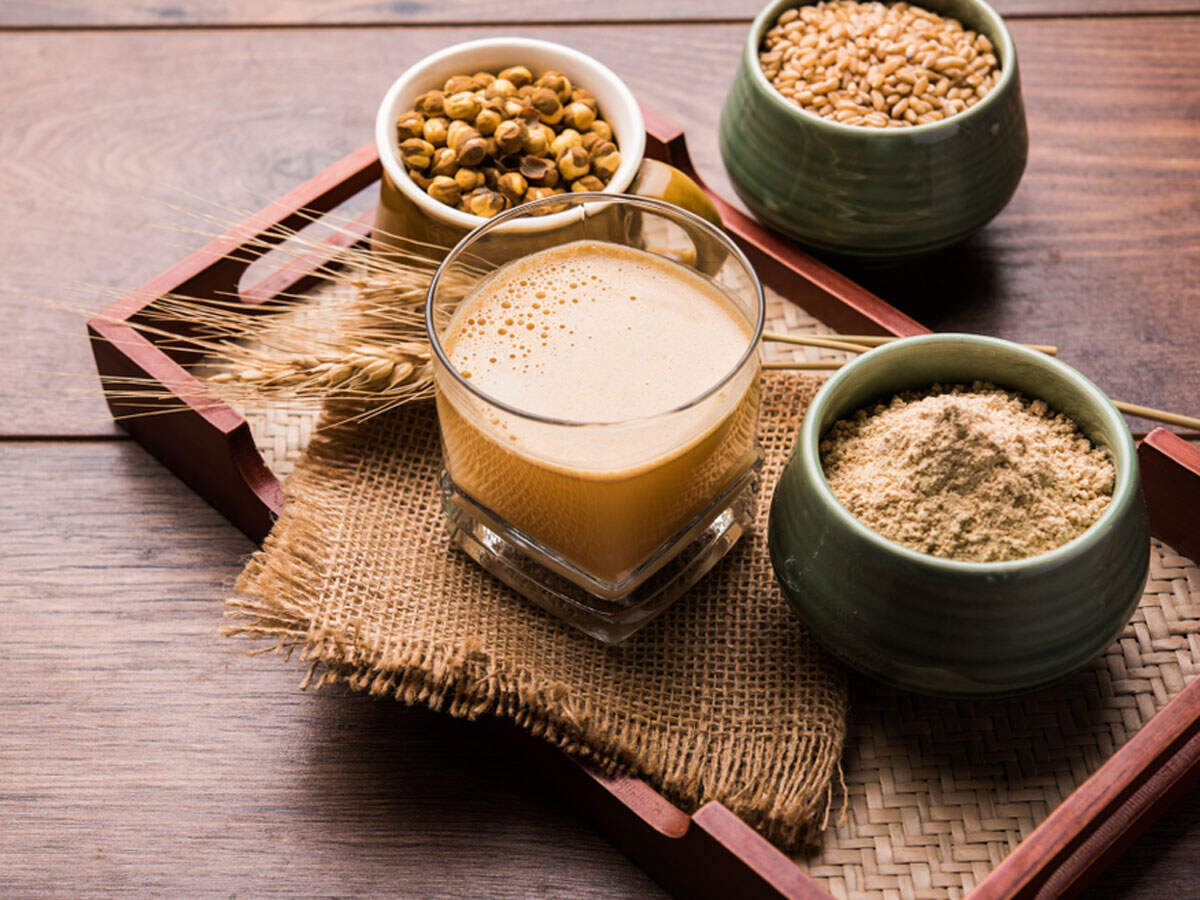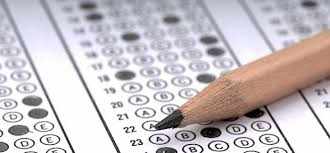
Tirupur: Four little hearts sobbed when the Indian Space Research Organization (Isro) called off the launch of its second lunar exploration mission, Chandrayaan-2, on July 15. Their disappointment was inexplicable as they were at the Satish Dhawan Space Centre in Sriharikota to witness the launch in person, a rare chance indeed. But the gloom turned into glee as the four, all students of the corporation middle school in Mettupalayam in the city, was taken to the Satish Dhawan Space Centre a week later - this time only to witness the successful launch of Chandrayaan-2 on July 22.
Ask them about the trip and one would find the hearts of L Manikandan, A Mohammed Tahir, S Harikrishna and K Santhosh pounding with excitement. And they would tell you about the rocket garden, space museum and view gallery at the Satish Dhawan Space Centre as if they were there for a lifetime! Children of knitwear workers and a driver, they had hardly gone outside Tamil Nadu earlier.
“We were excited to see the life-size satellite launch vehicles GSLV mark III and PSLV at the rocket garden. They were so bigger than what we had imagined,” Mohammed Tahir said.
Manikandan, meanwhile, recalled that they had seen replicas of rockets and satellites from Aryabhata to Chandrayaan at the space museum.
The students were clear about the roles of orbiter, lander and rover. “The orbiter would encircle the moon. Lander, which was named Vikram, would land on the south pole of the earth’s natural satellite. And rover Pragyan would conduct experiments on the moon’s surface,” Santhosh said.
They said the mission, which cost the country Rs 978 crore, was meant to make Pragyan travel only 500m on the moon’s surface.
Their science teacher C Saravanan, who took them to Sriharikota, said, “Since they visited the Satish Dhawan space centre twice in a week, they could easily recollect everything. The boys were happy after watching the successful launch of the Chandrayaan-2.”
While their first trip was sponsored by a non-governmental organization sponsored, expenses for the second trip were borne by the students’ parents.
“After the first attempt failed, we planned to take another set of four students for the second attempt. We conducted an essay test on why the first attempt did not go well. We selected other students, but we could not book tickets for them. Luckily for Manikandan, Mohammed, Harikrishna and Santhosh, the tickets were generated automatically. So, we took them again,” the science teacher said.
Ask them about the trip and one would find the hearts of L Manikandan, A Mohammed Tahir, S Harikrishna and K Santhosh pounding with excitement. And they would tell you about the rocket garden, space museum and view gallery at the Satish Dhawan Space Centre as if they were there for a lifetime! Children of knitwear workers and a driver, they had hardly gone outside Tamil Nadu earlier.
“We were excited to see the life-size satellite launch vehicles GSLV mark III and PSLV at the rocket garden. They were so bigger than what we had imagined,” Mohammed Tahir said.
Manikandan, meanwhile, recalled that they had seen replicas of rockets and satellites from Aryabhata to Chandrayaan at the space museum.
The students were clear about the roles of orbiter, lander and rover. “The orbiter would encircle the moon. Lander, which was named Vikram, would land on the south pole of the earth’s natural satellite. And rover Pragyan would conduct experiments on the moon’s surface,” Santhosh said.
They said the mission, which cost the country Rs 978 crore, was meant to make Pragyan travel only 500m on the moon’s surface.
Their science teacher C Saravanan, who took them to Sriharikota, said, “Since they visited the Satish Dhawan space centre twice in a week, they could easily recollect everything. The boys were happy after watching the successful launch of the Chandrayaan-2.”
While their first trip was sponsored by a non-governmental organization sponsored, expenses for the second trip were borne by the students’ parents.
“After the first attempt failed, we planned to take another set of four students for the second attempt. We conducted an essay test on why the first attempt did not go well. We selected other students, but we could not book tickets for them. Luckily for Manikandan, Mohammed, Harikrishna and Santhosh, the tickets were generated automatically. So, we took them again,” the science teacher said.
World Cup 2019
Trending Topics
LATEST VIDEOS
More from TOI
Navbharat Times
Featured Today in Travel
Quick Links
Lok Sabha Election Schedule 2019Lok Sabha Election NewsDelhi Capitals teamMI team 2019Rajasthan Royals 2019RCB team 2019Maharashtra Lok Sabha ConstituenciesBJP Candidate ListBJP List 2019 TamilnaduShiv Sena List 2019AP BJP List 2019Mamata BanerjeeBJP List 2019 MaharashtraPriyanka GandhiBJP List 2019 KarnatakaAMMK Candidate List 2019BJP List 2019 WBLok Sabha Elections in Tamil NaduBSP List 2019 UPNews in TamilLok Sabha Poll 2019Satta Matka 2018PM ModiMahagathbandhanNagpur BJP Candidate ListChandrababu NaiduTamil Nadu ElectionsUrmila MatondkarNews in TeluguMadras High CourtTejashwi YadavArvind KejriwalTejasvi SuryaPawan KalyanArvind KejriwalYogi AdityanathJaya PradaSatta King 2019Srinagar encounter
Get the app
